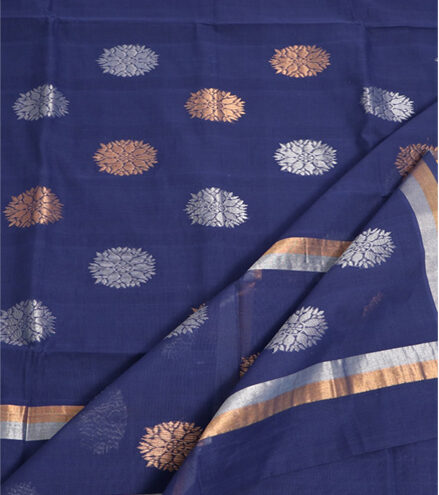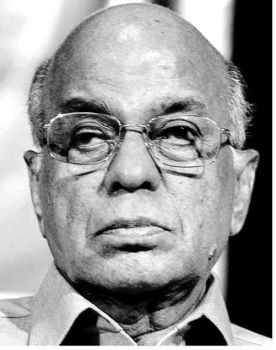The Venkatagiri town of the Nellore district in Andhra Pradesh is renowned for its exquisite handloom sarees. Known for their fine texture, elegant designs, and the intricate Jamdani weave, Venkatagiri sarees have a rich history and continue to be cherished as a symbol of tradition and luxury.
A Royal Heritage:
The art of weaving Venkatagiri sarees flourished under the patronage of the Velugoti dynasty, who ruled Venkatagiri in the 18th century [1]. Skilled weavers were brought to the region and encouraged to create sarees of exceptional quality for the royal family and their courtiers. This royal association contributed significantly to the prestige and reputation of Venkatagiri sarees.
The Distinctive Jamdani Weave:
What sets Venkatagiri sarees apart is the intricate Jamdani weaving technique. This supplementary weft technique involves hand-weaving decorative motifs directly into the fabric using fine threads of cotton or zari (metallic thread) [2]. These motifs, often inspired by nature such as flowers, leaves, and geometric patterns, appear to float on the surface of the sheer fabric, creating a mesmerizing effect. The process requires immense skill, precision, and time, making each Venkatagiri saree a unique work of art.
Characteristics of a Venkatagiri Saree:
- Fine Cotton: Traditionally, Venkatagiri sarees are woven using high-quality mercerized cotton, giving them a soft and airy feel, making them comfortable to wear even in warm weather.
- Elegant Designs: While traditional motifs remain popular, contemporary Venkatagiri sarees also feature modern designs and color combinations, catering to evolving tastes.
- Zari Borders and Pallu: The borders and the pallu (the loose end of the saree) are often adorned with zari work, adding a touch of opulence. The zari can range from simple lines to elaborate patterns.
- Lightweight and Sheer: The fine weave results in sarees that are lightweight and often have a slightly sheer texture.
The Weaving Process:
The creation of a Venkatagiri saree is a labor-intensive process involving several stages:
- Yarn Preparation: The cotton yarn is carefully prepared through processes like dyeing and winding.
- Loom Setting: The loom is set up with the warp (the lengthwise threads) stretched taut.
- Weaving: The weft (the threads woven across the warp) is interlaced by hand. For Jamdani work, extra weft threads are inserted to create the motifs.
- Finishing: Once the weaving is complete, the saree undergoes finishing processes like sizing and polishing.
Current Status and Challenges:
While Venkatagiri sarees continue to be highly valued, the weavers face challenges such as competition from power looms and the rising cost of raw materials [3]. Efforts are being made by government organizations and NGOs to support the weavers through initiatives promoting fair wages, providing access to better technology and design inputs, and creating marketing platforms.
A Timeless Treasure:
Venkatagiri sarees are more than just garments; they are a testament to the rich cultural heritage and the exceptional craftsmanship of the weavers of the Nellore region. Their timeless elegance and intricate artistry continue to captivate saree connoisseurs worldwide, ensuring that this exquisite weaving tradition thrives for generations to come.
References:
[1] Craft Council of India: https://craftscouncilofindia.org/crafts/venkatagiri-sarees/
[2] Jamdani Weave: A Symphony of Threads. https://www.utsavpedia.com/textiles/sarees/jamdani-weave-a-symphony-of-threads/
[3] The Hindu: https://www.thehindu.com/news/national/andhra-pradesh/handloom-weavers-seek-state-support/article67205167.ece
Disclosure: This article was researched and written with the assistance of Google Gemini.


